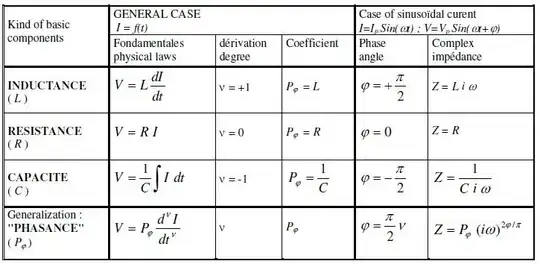I'm starting to study more advanced solid mechanics, particularly understanding elastomers' stress strain relationships and creep. A common way of describing the variation in the aforementioned relationship as the material is cycled to describe energy loss due to entropy change and this is mathematically described using fractional derivatives.
Is there an intuitive description for a fractional derivative? To use extremely simple calculus examples, by intuitive, I mean the way derivatives are described as rates of change of one variable with respect to another and integrals are described as net change. Or a geometric interpretation such as slopes of lines and areas under curves.
